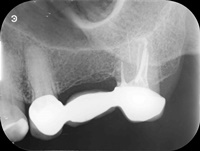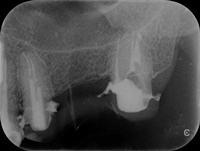ENDODONTICS
Endodontic treatment is one of the sectors of dentistry, which has been rapidly developing over the past few years. The introduction of working with magnification facilitated progress in endodontic treatment especially in primary pulp chamber trepanation and root canal treatment, as well as in secondary root canal treatment so-called reendo.
When working with magnification it is definitely easier to find narrowed root canal openings, remove broken instruments from root canals or remove old filling materials.
Working with magnification opens up new opportunities; however, it does not mean that each and every root canal treatment should be performed under magnification. Most teeth can be treated without the use of magnifying glass. This often shortens treatment time and significantly reduces costs as compared to treatment done under a microscope.
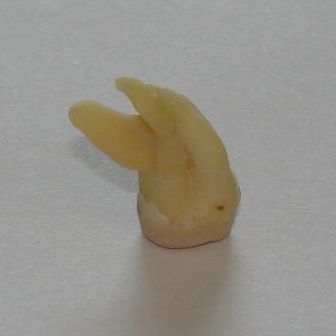

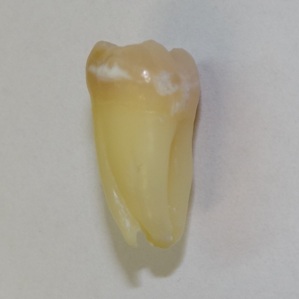
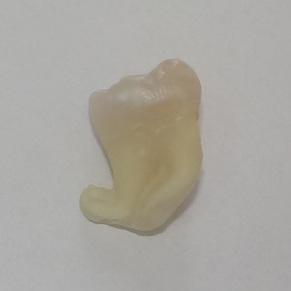
Standard endodontic treatment relies on preparing root canals in dry field using rubber dam, suction pump, electronic endometer, ultrasound cavitation tools, mechanical and ultrasonic tools for root canal preparation, the use of concentrated disinfection liquids and synthetic materials for root canal filling using thermoplastic techniques. Increasingly, the standard root canal treatment is one-step treatment, in dry field using rubber dam, a microscope or dental loupes.
As far as time and level of difficulty are concerned, there is a considerable difference between secondary root canal treatment (reendo) and primary root canal treatment, especially in those patients where you can find broken and wedged tools, hard cement or dentine. Primary root canal treatment is relatively easier, faster and cheaper in case when there are no obstacles remaining after previous treatment. Still, even during primary treatment we can encounter a variety of difficulties, for example root canal stenosis, calcification, enamel pearls, etc. Since the introduction of the above mentioned equipment and endodontic procedures the number of after-treatment complications fell considerably and is now a few percent.
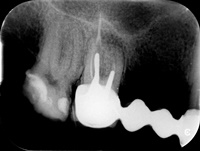
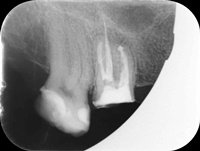
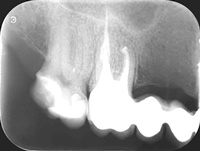
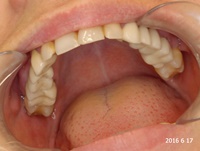
Three years ago, the tooth 16 (top right six) was treated endodontically and a bridge was placed. Within 18 months of placing the bridge an abscess occurred in gums a few times. The patient was treated eight times with antibiotics. When that did not help, buccal root resection of tooth 16 was performed. Again it did not help. Still the patient suffered from inflammation and was treated with antibiotics. In this state, the patient has turned up at our office. The bridge was removed and secondary root canal treatment was performed. After six months, a new bridge was made. 18 months have passed. There is no relapse of inflammation or edema. This case shows how important performing proper root canal treatment is.
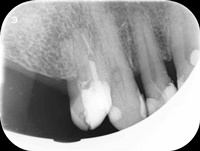
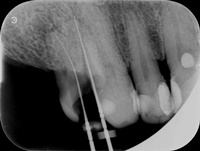
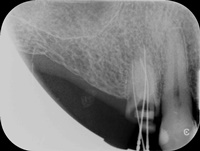
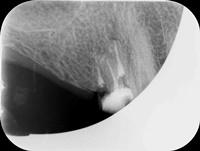
Trzykanałowa górna czwórka, nieczęsty przypadek.
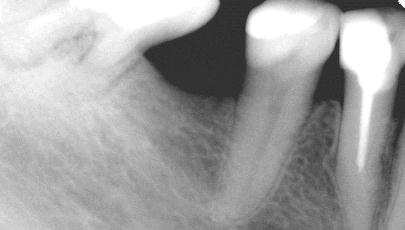
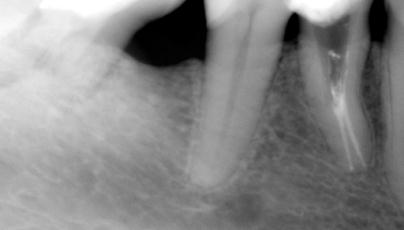
The patient complained of pain. The right bottom 4 was after root canal treatment. The patient suffered from recurring pain. The pain has started to be more acute for the last few years. The decision was made to carry out secondary root canal treatment. Patency was restored and an additional canal was discovered. The photo before and after endodontic treatment under a microscope.
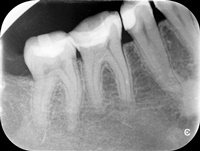
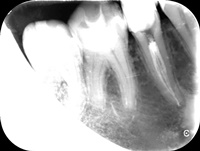
Two-canal lower 5 is more common than three-canal lower 5.
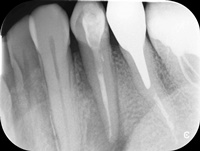

Quite common two-canal lower 4.
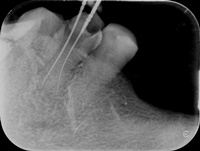
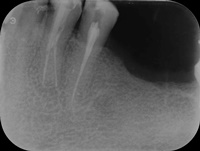
Slightly more common two-canal lower 4.
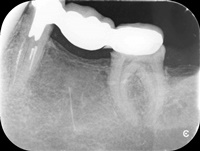
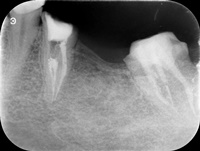
Infrequent case of three canal lower 5, before and after reendo.
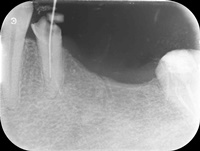
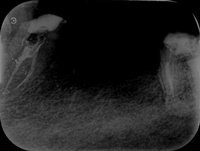
Before and after reendo.
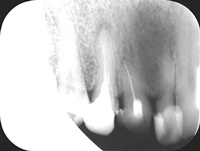
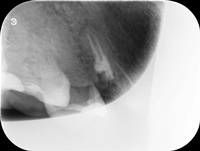
Reendo 14.

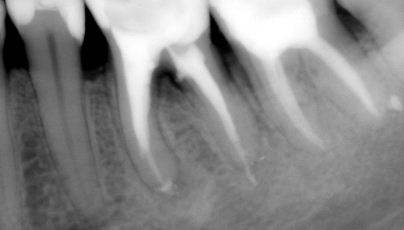
The patient complained of pain. A few months before root canal treatment was carried out on lower left 6. The tooth was sensitive upon biting. The decision was made to perform secondary root canal treatment. Perforation at the opening to the canal was closed, broken lentulo needle from the distal canal. Mesial canals were cleared up to the perforation of the root in buccal proximal canal. The distal canal was filled with gutta-percha. The proximal canals were filled with MTA. The tooth is going to be under observation. The plan is to perform a resection of the apex of the proximal root at the level of the perforation.
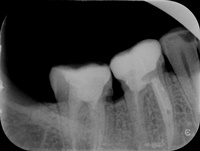
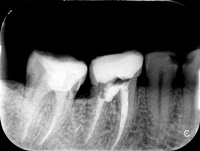
Reendo 46.
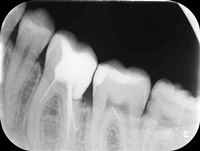
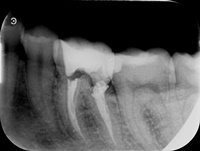
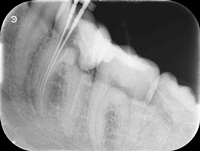
Reendo lower 6.
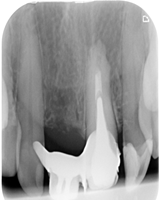
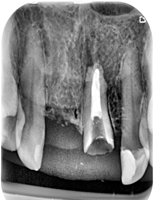
The performed resection of the apex did not help reduce the symptoms of inflammation. However, reendo has turned out very effective.
